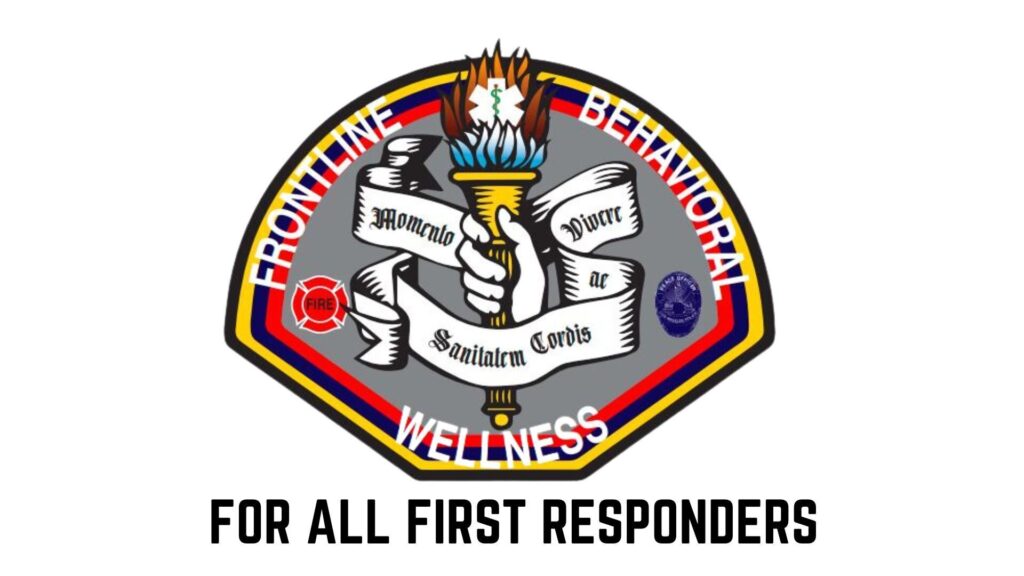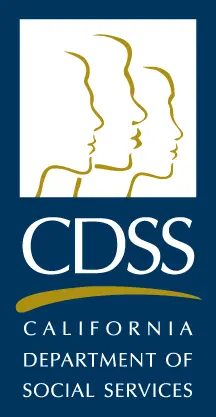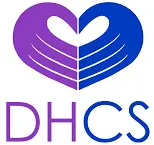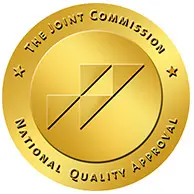Partial Hospitalization Program for First Responders
A first responder’s job can be challenging and stressful, and it’s essential to take care of your mental health just as much as your physical health. At Frontline Behavioral Wellness, we offer our partial hospitalization program that is designed to meet the unique needs of first responders.
Our Values for First Responder Wellness
At Frontline Behavioral Wellness, we believe that first responder mental health is a critical issue that deserves our attention and support. Our staff members are dedicated to helping first responders overcome mental health challenges and providing them with the tools and resources they need to live happy, healthy lives.
We understand the unique challenges that first responders face, and we’re committed to providing them with the highest level of care and support.

Is PHP Treatment Right for You?
First responders witness and experience traumatic events regularly, which can lead to mental health conditions. Due to the nature of their job, they may find it challenging to seek treatment for their mental health issues.
Our PHP treatment program provides a supportive and understanding environment that promotes healing and recovery while addressing the unique needs of first responders. Being the highest level of outpatient care, our PHP treatment program is designed for first responders who are comfortable living at home but still need around-the-clock support from our 24/7 professional staff.
Benefits of PHP Treatment for First Responders
Our First Responder PHP treatment program offers several benefits, including:
Mental Health Disorders Treated at Our PHP
Our first responder PHP treatment program is designed to provide care uniquely suited for first responders and their mental health issues. We understand the unique challenges that first responders face, and our program is tailored to help first responders overcome these challenges. Some of the mental health issues that our program can help with include:
PHP Treatment in Costa Mesa
At Frontline Behavioral Wellness, we offer a First Responder PHP treatment program in Costa Mesa that provides a supportive and understanding environment where first responders can receive comprehensive care that addresses their mental health needs.
From the moment you walk through our doors, you’ll be matched with an ambassador to your partial hospitalization program that will guide you on your recovery journey and make sure that you feel supported every step of the way.
Frontline Behavioral Wellness is located near John Wayne Airport (SNA) here in Orange County. If you’re flying in, we’ll arrange for you to be picked up from the airport, where you can be directed to our transitional housing. Our outpatient facility is just minutes away from holistic experiences, such as the beautiful California coastline.
Fight for Your Mental Health with Frontline Behavioral Wellness
First responders are our first line of defense for public issues, safety, and order, and yet who’s there to watch their back when they need support. That mindset is what drives us at Frontline Behavioral Wellness, to make sure that our first responders are taken care of so that they can care for us in turn.
Whether it’s you or a loved one, we’re ready and waiting for you to make the call. Our team will help you, regardless of whether you need support now or later. Our mission is to help first responders, no matter what, when, where, or why.
Our first responder PHP treatment program in Costa Mesa provides structured and supportive care that addresses the unique needs of first responders who face significant stress and trauma in their daily lives. Contact us today to learn more about our program and how we can help you or your loved ones.


Reach Out Today
To learn more about if Acera Health is right for you, and what to expect, contact us Today!
"*" indicates required fields
3100 Bristol St. Suite # 250 Costa Mesa, CA 92626
info@acerahealth.com
DHCS license number: MHBT220400
DHCS license expiration date: July 20, 2024
DSS license number: 306006131 & 306006072



